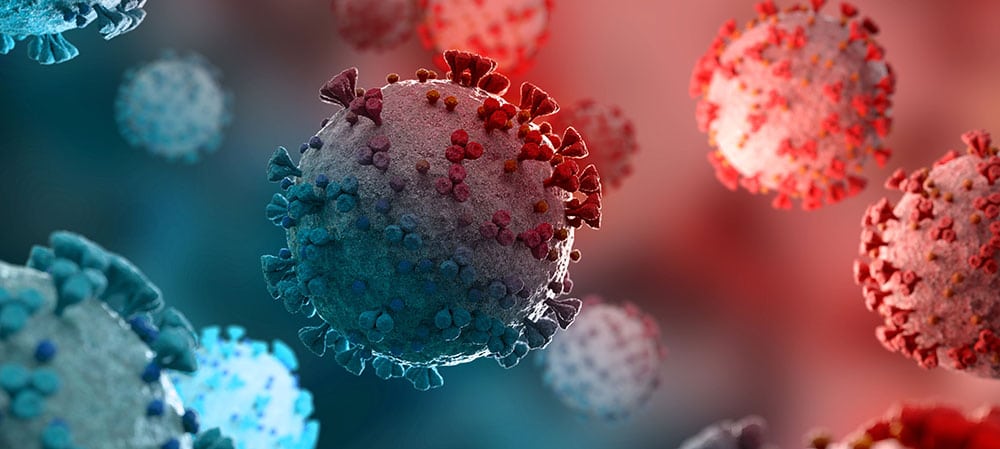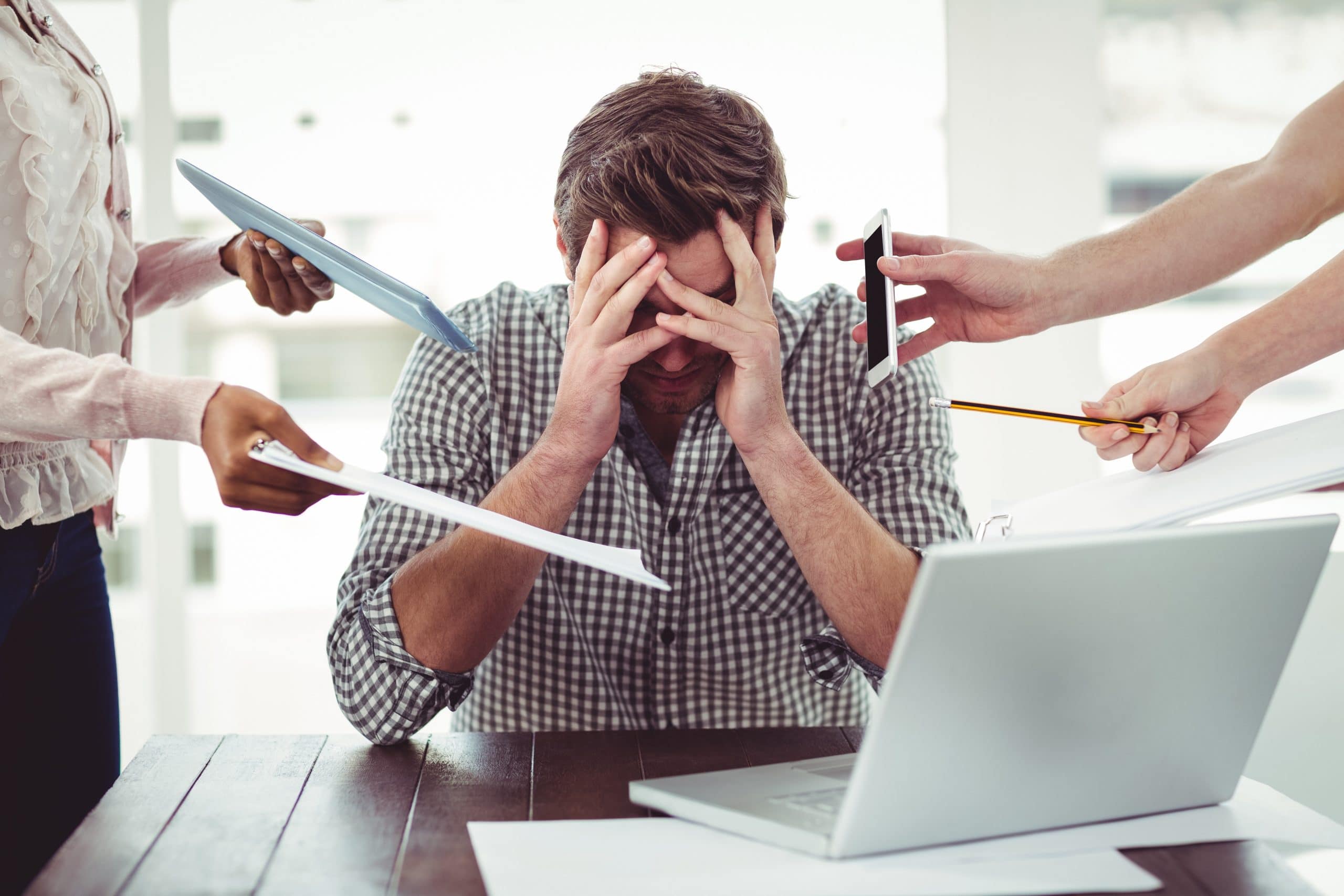Alcohol is a part of everyday life. It has become a social norm, consumed for pure enjoyment, in addition to, tradition and celebrations around the world for thousands of years. Various research studies have proven that two million people drink alcohol, crowning it the most popular beverage consumed worldwide.
Because of its accessibility, alcohol is, unfortunately, also the most abused substance within the United States. 85 percent of people said they have tried alcohol at least once.
While having a couple of drinks is acceptable and won’t cause any harm, excessive alcohol consumption has serious effects on the brain and body, resulting in various consequences on an individual’s health and mental wellbeing.
Alcohol detox is a comprehensive process done at an alcohol treatment facility, which is an essential part of recovery. This method is beneficial as it assists people with substance abuse on the path to recovery, and also most importantly, makes the removal of toxins and alcohol easier and faster.
It is a process that assists patients on the path to recovery during alcohol withdrawal. It helps make the toxins removal process easier and faster.
Treating your addiction to alcohol is a very crucial step and investment in your future and well-being. The best chance of managing this condition, recovery and long-term sobriety is entering an inpatient or outpatient treatment program, which entails participation in local support groups and continued counseling.
However, conventional treatment may not work for everyone as treatments for alcohol addiction does not have a one-size-fits-all approach. Other methods including essential oils and aromatherapy can help aid with detoxing from alcohol.
How Alcohol Affects The Body
The liver becomes the most damaged organ due to drinking alcohol. As the alcohol enzymes absorb into the liver’s cells, toxic and harmful byproducts of fatty acids called acetaldehyde to build up within the body, which begins to attack the liver leading to a liver disease called cirrhosis. This impairs your liver’s ability to properly metabolize fats.
Alcoholism does not only affect the liver but it also majorly impacts permanent damage to the brain, increase risk of heart disease, cancer, stroke, pancreatitis, alcohol poisoning, hypertension (high blood pressure), overdose, and death.
With all of the potential side effects of excessive alcohol consumption, the first step in treating this disease is seeking help. Keep in mind, overcoming dependency on addiction to alcohol is a long process. Addiction affects not only the person going through it but those around them. Help is available, and recovery can make a significant difference in one’s lifestyle.
During detoxification, toxic substances, in this case, alcohol, and other toxins are removed from the body for 7-10 days through the use of anti-craving FDA approved medications.
Due to the increase in alcohol-related deaths, the demand for treatment is at an all-time high. Contrary to popular belief, addiction is not curable, but it can be managed, just like any other chronic disease, such as diabetes, asthma, and hypertension (high blood pressure).
However, recovering from the powerful disease of addiction, from alcoholism to mental illness, can be extremely challenging, both physically and psychologically. Before an individual can officially begin recovery, they go through a process called detoxification.
Due to the body being tolerant and dependant on the substance, the body has an adverse reaction by producing unpleasant physical and psychological symptoms called withdrawal. These symptoms ranging from mild to severe, and even life-threatening include but are not limited to:
- Nausea/vomiting
- Chills/tremors and shaking
- Diarrhea
- Depression and anxiety
- Seizures
- Hallucinations
- Sweating
- Loss of appetite
- Insomnia
- Muscle pain and weakness
Everyone is different, and these physical and psychological symptoms depend on the following factors:
- The amount of alcohol consumed
- History of alcohol abuse
- Whether an individual has any underlying medical conditions
- Age
- If there is any co-existing mental illness
Withdrawal symptoms from detox occur about six hours after the last alcoholic beverage. These unpleasant reactions are usually at their worst on days two and three, and afterward, begin to subside. Detox can also be done in a less severe way using essential oils and aromatherapy.
Aromatherapy For Alcohol Detox
Aromatherapy is a form of holistic therapy and alternative medicine, which involves the use of various types of essential oils to promote the power of healing, both mentally and physically. This ancient practice of medicine is said to have healing properties for a wide range of medical purposes, including addiction to alcohol.
It involves the topical application or inhalation of essential oils extracted from aromatic plants to restore, rebalance, and enhance one’s health and wellbeing. The term aromatherapy came about in the late 1920s as a plant-based therapy, using scented plants for incense, medicine, and perfumes.
The multidisciplinary team of medical professionals and addiction specialists at Granite Mountain Behavioral Healthcare in Prescott Valley, AZ, believe in providing people with resources and comprehensive treatment methods to help reduce and manage the symptoms of withdrawal during alcohol detox through the use of essential oils and aromatherapy.
Our goal is to strengthen the self-healing processes such as detox, by using alternative preventative methods and indirect stimulation of the immune system.
History of Essential Oils
It was believed that the Egyptians first created the ability to distill essential oils, which were infused with herbs used for rituals, medicine, cosmetics, etc. Years later, the Father of Medicine, Hippocrates studied the effects that essential oils had on health and promoted the use of them for medicinal benefits that we know today.
Fast-forward a hundred years later, one of the most famous applications of essential oils was thanks to French chemist René-Maurice Gatttefossé. He gave birth to the term essential oils after an accident in his laboratory sparked his curiosity about the healing power of essential oils.
After burning his arm, Gatttefossé placed it in a container of lavender oil, which ended up healing his burn without causing any scarring. Following in his footsteps was French surgeon Jean Valnet who used essential oils in World War II to help heal soldiers’ wounds, proving that aromatherapy is extremely beneficial in a medical sense.
Use of Essential Oils For Alcohol Detox
During aromatherapy, essential oils derived from plants, flowers, trees, bushes, and roots are distilled and turned into forms of oils for therapeutic purposes. These essential oils are applied right on different parts of the body, including the feet, wrist, brow, scalp, pressure points, abdomen, chest, depending on the location of a person’s ailment or pain.
Research has shown, that types of essential oils are highly concentrated, nutrients and natural properties are absorbed by the body through the skin, nasal passages, and digestive tract. As a result, the body begins to return to a more balanced state (homeostasis), delivering the desired effect, ranging from relief, calming, healing, stimulating, cleansing, and soothing.
When most people hear of essential oils, they think of putting drops of wonderful smelling oils into a diffuser. The variety of these oils and their properties are all dedicated to helping naturally heal and calm through their scents and applying them to areas of the body. Thus, giving off a natural calming and relaxing sensation, helping to relieve stress and anxiety.
Essential oils and aromatherapy are commonly used in spa treatments, but it is also now commonly used in the field of addiction treatment to aid in the process of detoxification.
10 Types Of Essential Oils For Alcohol Detox
Essential oils are potent natural plant extracts that contain a multitude of benefits for all sorts of maladies. They are aromatic oils with amazing medical purposes. They are known to be an anti-inflammatory, detoxifying, anti-depressant, among others.
Essential oils are fragrant, strong, and natural plant extracts that contain a host of medical benefits, as they are known to be not only detoxifying but also anti-inflammatory, stress-relieving, amongst other things.
Fortunately, there are several other ways to help reduce withdrawal symptoms. Essential oils assist in ridding alcohol and other toxins from the body in a more calming and holistic way. Here are the top 10, which are known to be most beneficial for helping people recover from alcoholism quicker.
Ginger Oil:
Ginger oil has a high concentration of a plant-based chemical called gingerol, which helps heal the liver after it has been severely damaged from excessive drinking. Thus, this essential oil can help repair your damaged liver quicker due to alcoholism.
Lemon Oil:
Made from the rind part of a lemon, lemon is a powerful essential oil that promotes healing. During alcohol detox, the chemical limonene helps the body release toxins from the body, especially the liver and kidneys. Lemon oil can also help to alleviate symptoms of depression and strengthen the immune system.
Lavender Oil:
Lavender oil is the essential oil that is most popularly used for relaxation and reducing anxiety. Since drinking alcohol causes insomnia, lavender il also assists with improving sleep patterns.
Black Pepper Oil:
Black pepper oil helps with alcohol cravings. It boosts the neurotransmitters serotonin and dopamine levels in the brain, improving one’s mood.
Roman Chamomile Oil:
Going through detox is very stressful, as the body is producing unpleasant reactions. Roman chamomile essential oils induce a calming feeling, relieving symptoms of anxiety, and is a mood enhancer.
Fennel Oil
Fennel is similar to the taste and smell of licorice. This essential oil helps the body flush out toxins, and cleanses the body’s tissues and organs during the detox process.
Grapefruit Oil
During alcohol detox grapefruit oil is very helpful with killing toxins within the body. In the case of alcohol, this extract is a natural diuretic, which helps to flush out the alcohol molecules that have built up in the liver and flushes out other waste.
Rosemary Oil
Rosemary oil helps relieve stress, and when going through detox withdrawal symptoms, it helps with pain and sore muscles. Also, this essential oil is a natural diuretic that helps removes toxins from the body a lot quicker than normal.
Mandarin Oil
Mandarin oil is made from the peels of oranges and calms the body down before the alcohol detoxification process begins. The liver is undoubtedly the most important organ in the body when it comes to drinking alcohol. Drinking excessively leads to liver damage and disease. Mandarin oil helps with circulating healthy blood and detoxifying the liver.
Peppermint Oil
Peppermint oil helps with stomach pain relating to alcohol consumption. Made from the peppermint plant, this essential oil helps with people’s focus and helps speed up the recovery process.
Alcoholism: A Deadly Disease
Alcohol abuse leads to alcohol dependence and addiction, which negatively impacts a person’s health in a myriad of ways, contributing to over 200 diseases and health conditions.
Every day, about 30 people lose their lives in car accidents, and about six people die from alcohol poisoning. Also, binge drinking doubles the risk of mental conditions such as depression, anxiety, bipolar disorder, and dementia.
For people struggling with alcohol use disorders, our main goal at Granite Mountain is to assist them on their recovery journey and after treatment, so that they will successfully live a sober, stable, and healthy lifestyle.
Granite Mountain Can Help
Through aromatherapy and the use of essential oils, alcohol detox and withdrawal symptoms can be better managed. At Granite Mountain, know that help is available and we are here for you every step of the way. Contact us today to see how detox can help you recover from alcohol addiction.
References
https://www.themiracleofessentialoils.com/top-7-essential-oils-for-alcohol-detox/
https://www.biosourcenaturals.com/pure-essential-oils/pure-essential-oils-descriptions-and-uses/frankincense-essential-oil/
https://www.edenbotanicals.com/aromatherapy-a-brief-history
https://www.medscape.com/viewarticle/822014
https://theessentiallife.com.au/theessentialblog/2016/essential-oils-to-help-with-alcohol-detox

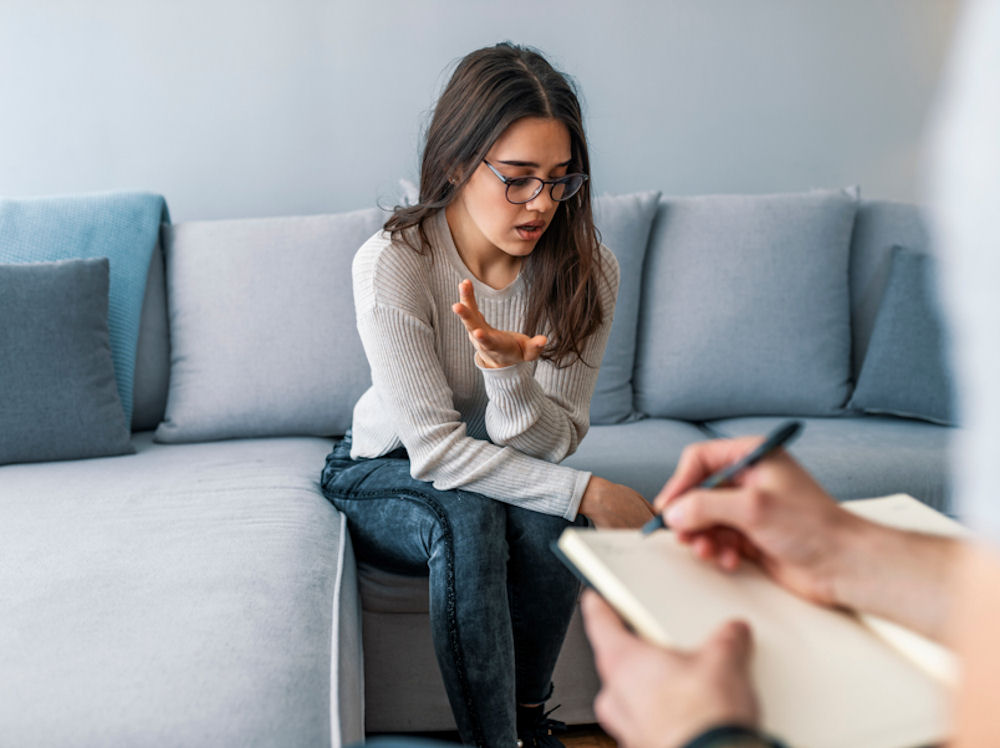



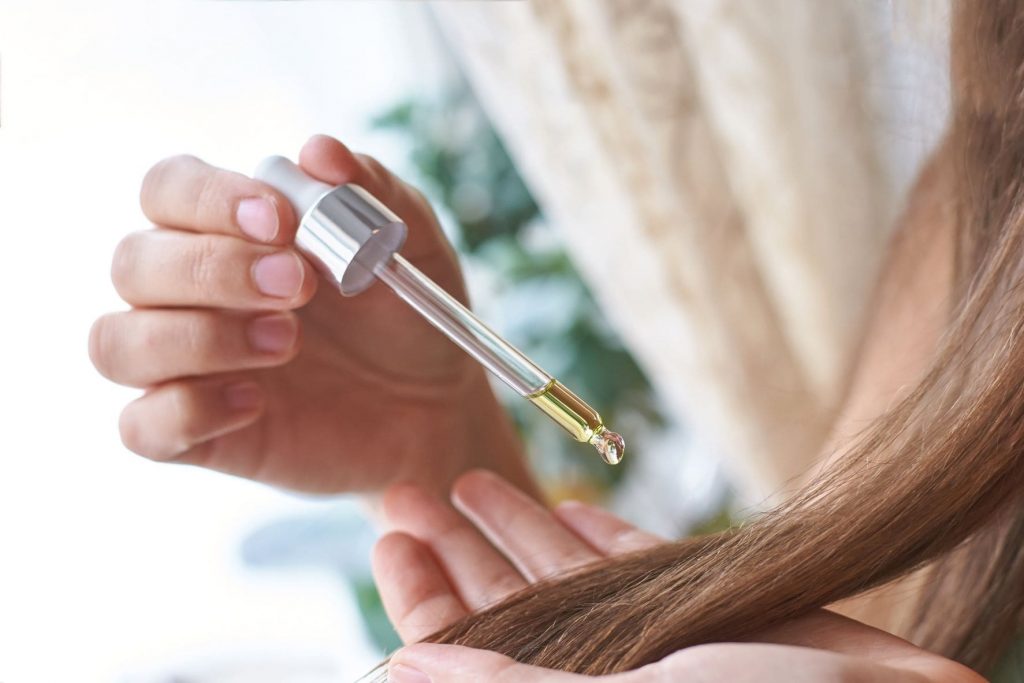
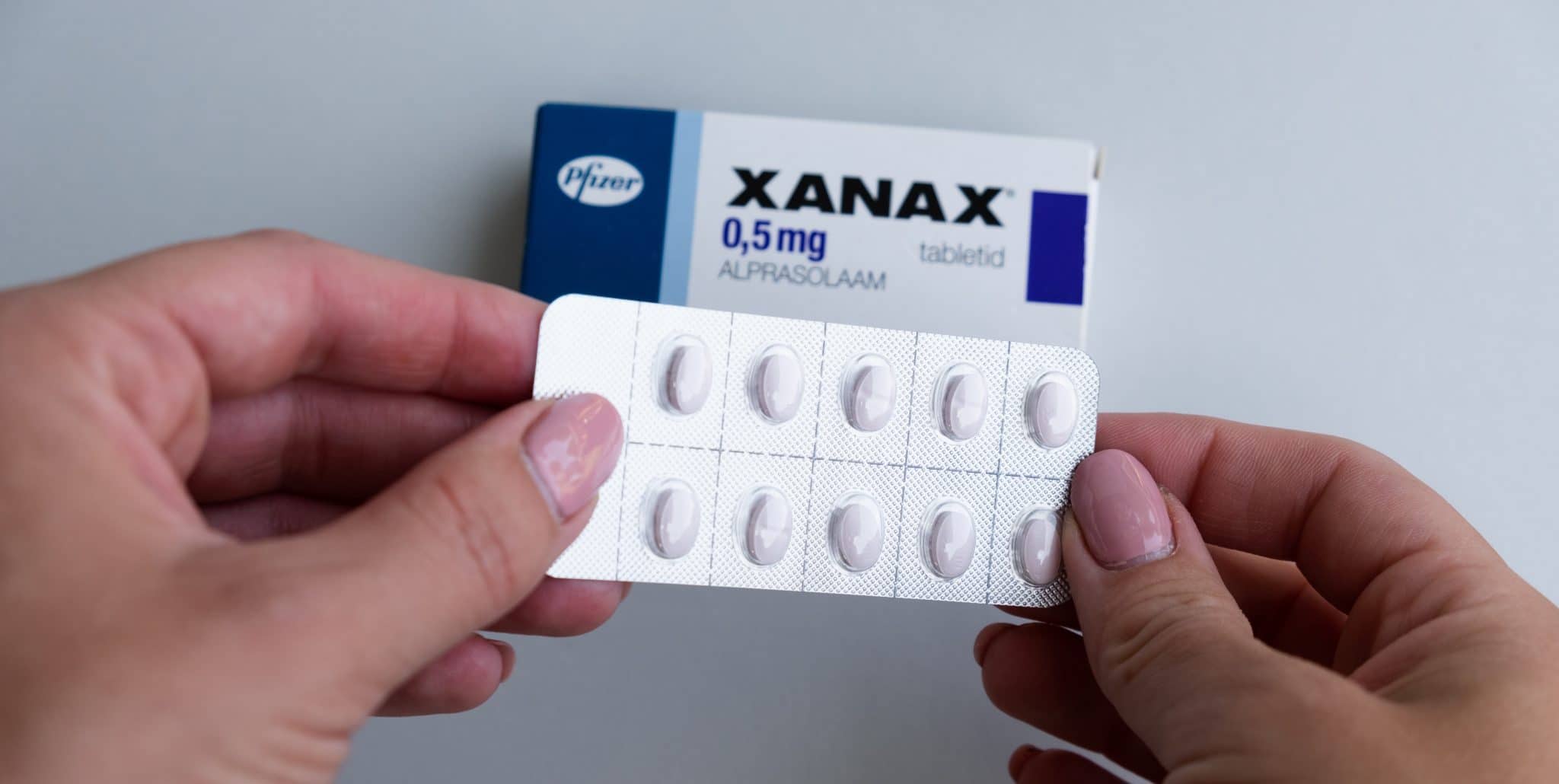
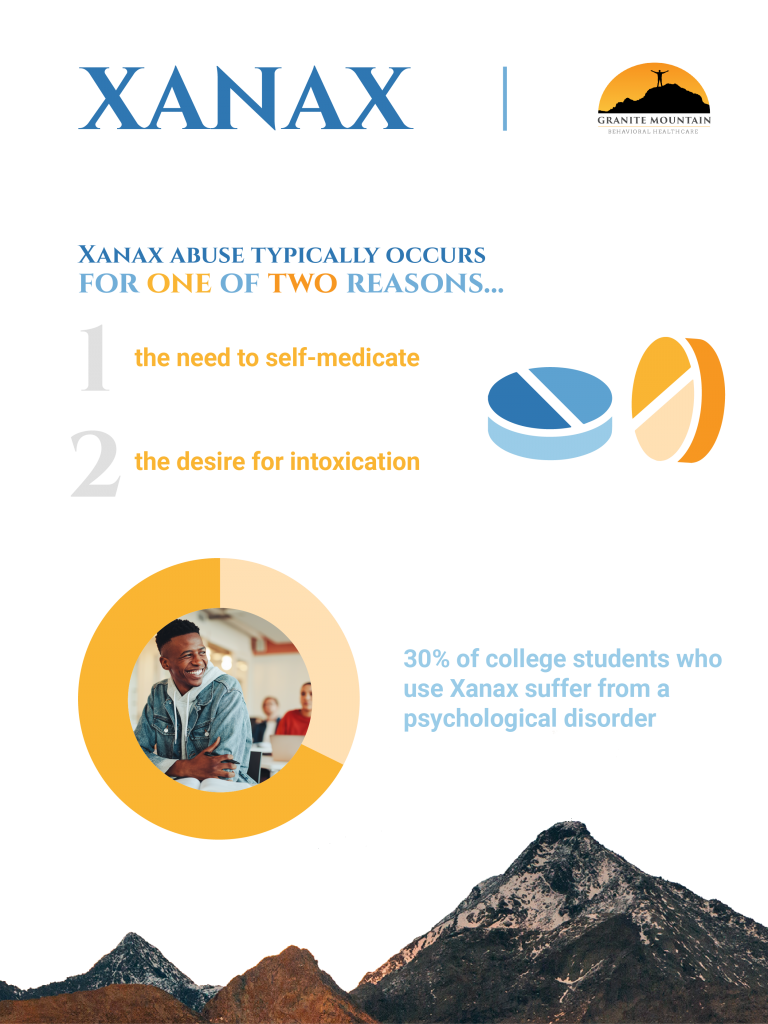



 Depression and substance use disorders often go hand-in-hand. Mood disorders can be incredibly difficult to cope with, so many people turn to drugs or alcohol as a form of self-medication. Some people with SAD use stimulants to try to boost their mood or increase their energy levels. Others use
Depression and substance use disorders often go hand-in-hand. Mood disorders can be incredibly difficult to cope with, so many people turn to drugs or alcohol as a form of self-medication. Some people with SAD use stimulants to try to boost their mood or increase their energy levels. Others use 

